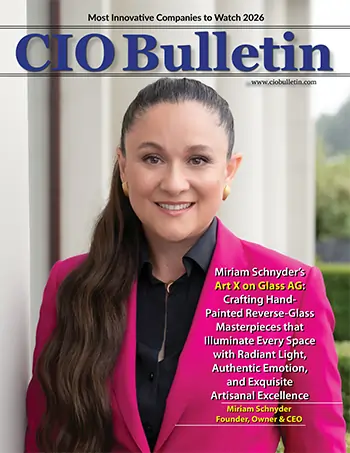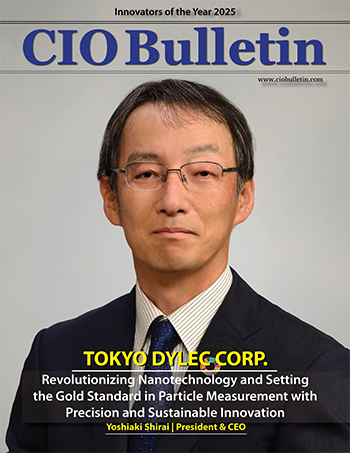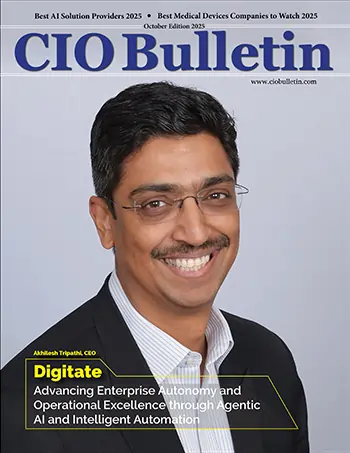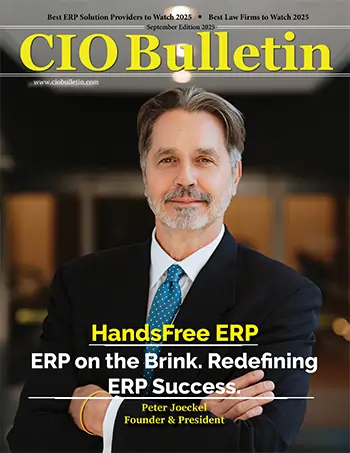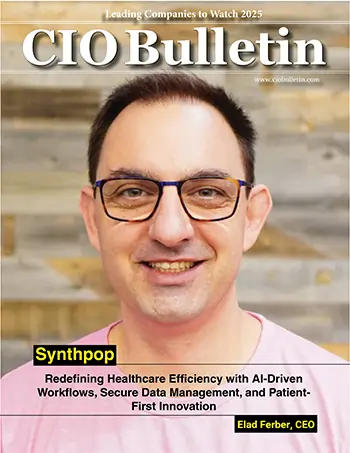50 Most Influential Companies of the Year 2021
CIO Bulletin
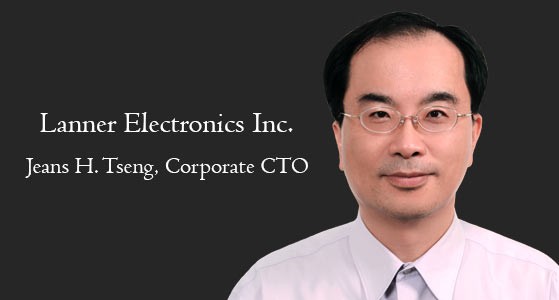
Cloud computing has justifiably been the poster boy of the enterprise computing revolution of the last few years. It continues to grow and enable digital transformation at a scale the world had never seen before. But while it has led to the centralization of compute power for enormous economies of scale, resilience, and nimble provisioning, we see some newer technologies colliding with that trend. Technologies such as IoT and IIoT are causing an explosion of data being sent to the cloud. At the same time, innovations in autonomous driving, augmented and virtual reality and real-time machine learning applications are demanding improvements in latency that a pure cloud approach would struggle with. As the volume and velocity of this data increases, computing power must move closer to where the local requirement is than rather assuming everything will be going to and from the cloud i.e., centralized data centers. That solution is, what computing at the edge — variously known as ‘Multi-Access Edge’ or ‘Mobile Edge Computing’ (MEC) — achieves. As Gartner proclaimed, “The agility of cloud computing is great – but it simply isn’t enough”. And in Lanner Electronics Inc.’s world view, that is exactly where Edge/MEC fits in.
Lanner Electronics (TAIEX 6245) is a world-leading provider of design, engineering, and manufacturing services for advanced network appliances and rugged applied computing platforms for system integrators, service providers, and application developers.
The company is headquartered in New Taipei City, Taiwan and operates worldwide.
Jeans H. Tseng, Corporate
CTO of Lanner Electronics Inc., spoke exclusively to CIO Bulletin. Below is an excerpt.
When it comes to longevity, Lanner has it. I find it unique that an organization has what it takes to continue to offer outstanding services for over three decades. My question to you is, how did your company continue to adapt? And please brief us about the history so far.
Lanner is a public company listed on the Taiwan stock exchange with a 30+year history and a substantial presence in the US, Canada, and worldwide. It was originally conceived as an OEM/ODM manufacturing company supplying global name brand computer boards and peripherals. Our product lines include network appliance platforms, rugged industrial computers, and telecommunication carrier-grade platforms.
Our track record as a reliable, innovative partner for the world’s top brands in networking and security, has led Lanner to be the connectivity and compute supplier of choice today in many leading-edge application domains. Lanner solutions power our customers’ successes in not only our traditional stronghold of network appliances but in areas such as in-vehicle and autonomous computing, SD-WAN, IoT, 5G, and my personal favorite: Mobile Edge Computing.
Our leadership in this field is driven by a long-standing goal of providing unsurpassed design services coupled with efficient manufacturing at the highest industrial design and quality standards. Our proven track record as the ODM behind regional and global brand names is the result of delivering innovative and reliable hardware platforms relevant to our customers’ end markets. We have harnessed the design and manufacturing expertise of our company, combined it with our extensive experience in the networking and telecom domain, and made it available through our “Global, yet Local” model of delivering value-added services around our products, wherever our customers are.
Q. In your view, is the MEC trend enabled by new telecom technologies like 5G or the other way around?
It is important to first take a step back and recognize that 5G is not merely a telecom phenomenon i.e., it’s not just 4G ++ or a better, faster 4G. And I say this from the vantage point of someone who is not only the VP and GM of the Telecom Applications BU at Lanner, but also its Corporate CTO so I can see 5G’s impact across the board, especially where the telco network and enterprise networks blend in. Beyond enriching the experience of mobile users as a telecom service, 5G has the potential to change the entire enterprise networking landscape.Given the trends towards more computing at the Edge, now add to it the favorable bandwidth and latency characteristics of 5G and you have a virtuous circle of innovation. New, previously infeasible network and enterprise applications can be enabled by 5G and MEC working together, while at the same time, the demands of these applications drive innovations in 5G and MEC.
Q. Already having been selected as one of the most influential companies, how does Lanner plan to expand its sphere of influence with MEC and 5G?
From Lanner’s perspective, as the cloud gets “edged” out, more processing and connectivity requirements, more orchestration and network programmability move to clusters and micro data centers, and there is an emphasis on network disaggregation and white box solutions to mix-and-match multi-vendor solutions for maximum flexibility. All of this is in Lanner’s sweet spot being the leader in the compute and connectivity space.
And new applications in Vehicle-to-Vehicle (V2V), Vehicle-to-Everything (V2X), smart cities that increase efficiency in everything from parking spaces to traffic lights, play to our strengths as 5G deployments pick up momentum. Lanner is well-positioned to feed this pent-up demand for compute and connectivity as it materializes over time and for the equipment upgrade cycle that it will lead to. We are already known for bringing computing power and bandwidth to the edge in small form factor appliances that can service thousands of broadband connections. Additionally, on the service provider side, our MEC hardware platforms address the next level of disaggregation at the Service Provider Edge, as well as for private 5G Enterprise infrastructure.
Q. A key criterion in our selection of the top influential technology companies is their joint research with academia. Would you like to elaborate how Lanner achieved this?
This is very strategic to us, as Lanner at its core is an R&D organization. I have personally been involved in Lanner’s close partnership with research institutions and universities. We have found that by making available the scale of resources and the latest platforms that only industrial organizations
can provide, to academic institutions that excel in deep disciplined research and best practices, we have a win-win situation. Instead of one-off projects, we believe in forging long-term relationships with luminaries in the field at various universities, which lets Lanner stay in touch with early-stage research while we translate that research into accelerated product development for real world applications.
Lanner’s industry-academic co-op program with the National Yang Ming Chiao Tung University is one such example, where we have collaborated on advances in Mobile Edge Computing using a two-tier multi-site multi-server architecture that is far more scalable than traditional one-tier/one-server systems via the use of autoscaling and offloading. Because of successful results from programs like this, we expect to see Lanner to realize more POC (Proof of Concept) implementations and establish more such partnerships.
Q. Lanner expanding into new domains such as smart transportation solutions speaks volumes about its grasp over 5G and MEC segments. Could you interpret this further and talk about these solutions?
As a reputed supplier of ruggedized compute and connectivity hardware, Lanner has traditionally made forays into vehicle communication gateways and certified embedded PCs for railway use, both of which find use in harsh environments. Our products are purpose-built to withstand extreme conditions and vibration. More recently, though, we have also developed highly customizable, high availability compute platforms for self-driving sectors. These ISO 26262 verified solutions expand our capability to the “server-in-car” market and provide to our customers’ next-gen edge compute platforms for 5G and AI markets that can accelerate deployments of autonomous driving applications. Watch for our upcoming innovative products in these areas.
About | Jeans H. Tseng
Jeans H. Tseng is the Corporate CTO and SVP/GM of the Telecom Applications BU at Lanner Electronics Inc. Jeans is a veteran in the telecommunication arena with over 30 years of experience and brings to the table a unique combination of technical and business acumen that has helped define Lanner’s vision for its future. Jeans is also the Managing Director of Lanner’s subsidiary in Canada (Lanner Electronics Canada Ltd) which gives him an important perspective on the North American market, and he has been instrumental in making Lanner an influential presence in the US and Canada.
